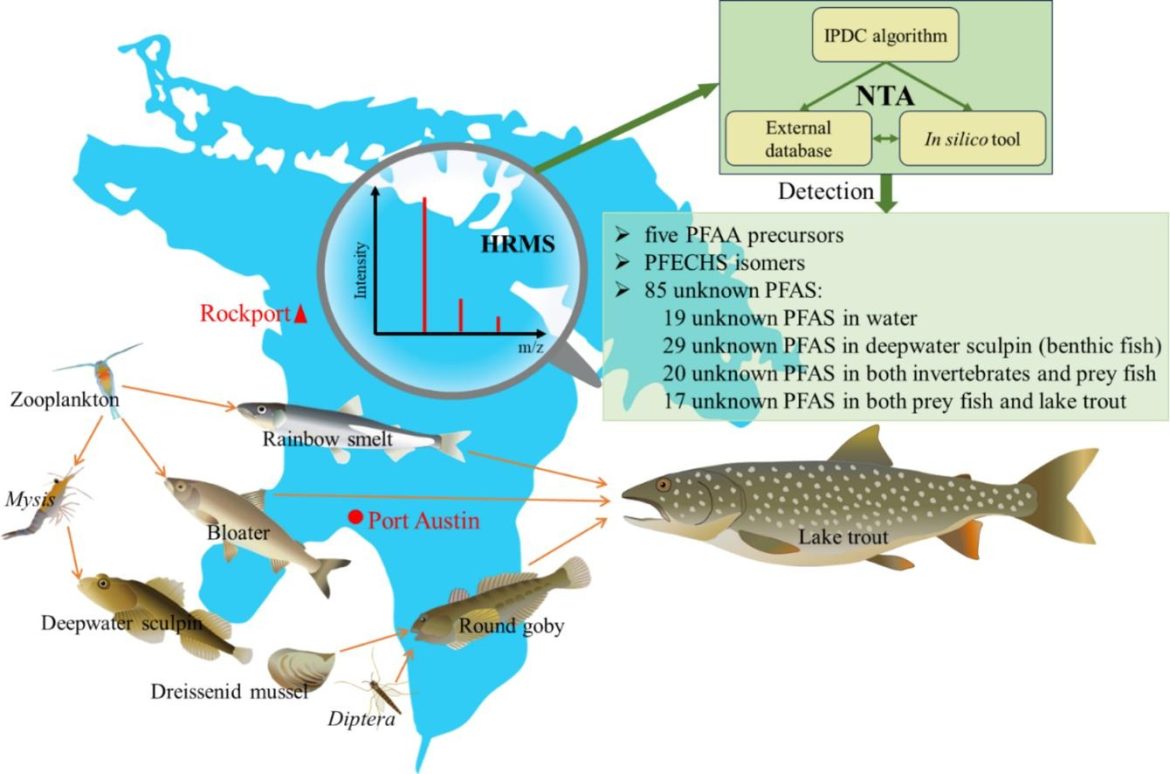By Eric Freedman
Capital News Service
Outbreaks of the waterborne bacteria E. coli can lower local real estate values, at least temporarily, a new study says. Those outbreaks, which have become increasingly common, are a growing concern in coastal and inland communities, particularly in rural counties, according to the study by researchers from Saginaw Valley State University, Cornell University and the University of Rhode Island. “In Michigan, the presence of E. coli has become problematic for many areas where agricultural run-off and ineffective policies have made these outbreaks endemic,” the study said. As for the negative economic impact on homes within one mile of an outbreak, the study found that “proximity to E. coli outbreaks leads to an 8.9% price drop for houses sold during the outbreaks, which is over $13,000 for the average home.”
coli can cause serious illness and death, and is increasingly common due to climate change, especially in the Great Lakes region, it said. Symptoms included diarrhea, fever and vomiting, according to the Centers for Disease Control and Prevention.








